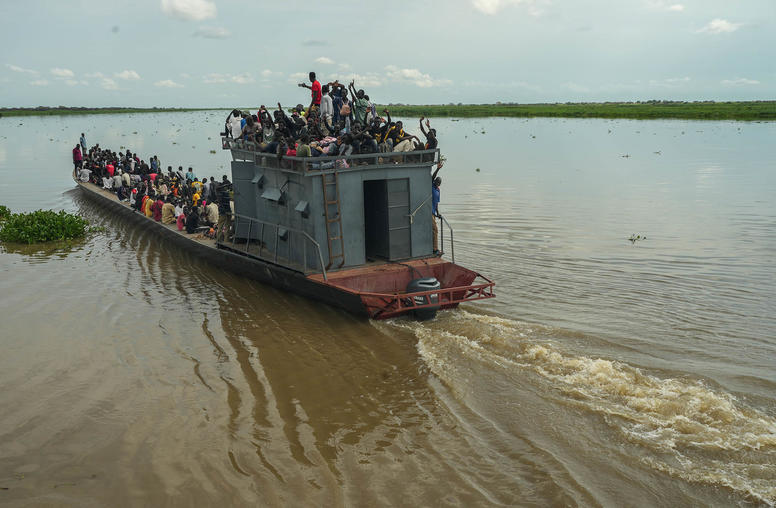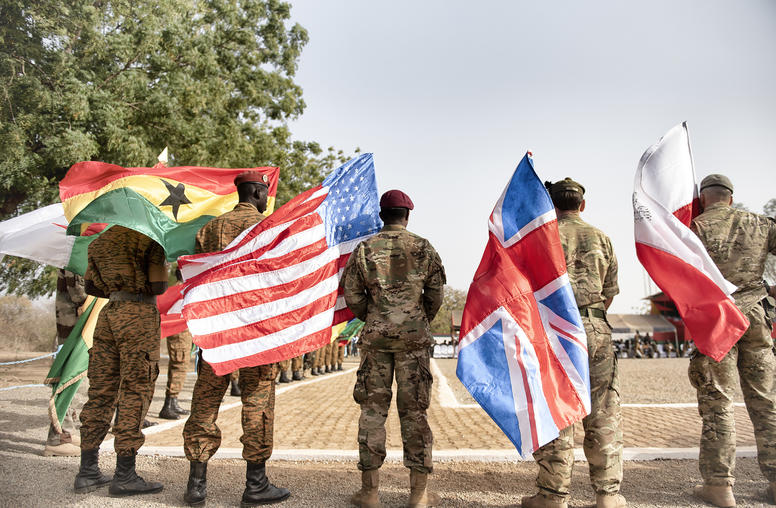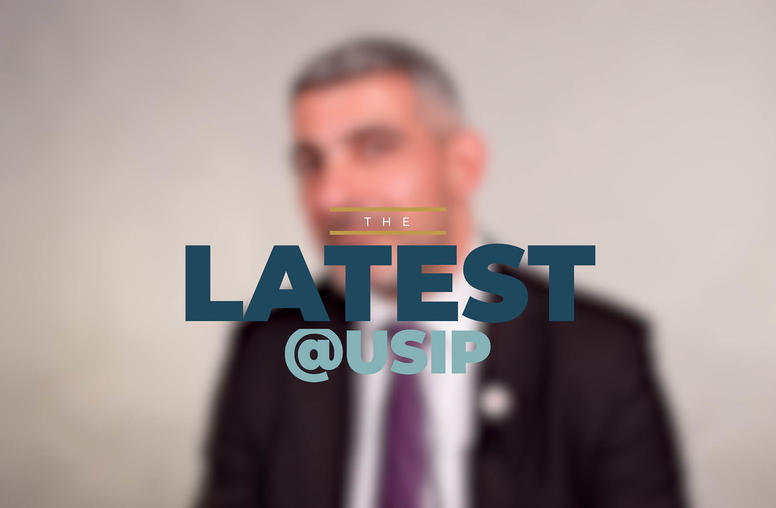Persistent Tension in Sudan’s East, Nuba Mountains, and Nubia
While the world has concentrated on the civil wars in Darfur and South Sudan, there are simmering political conflict and resource challenges that must be addressed in the east, the Nuba Mountains, and Nubia. In eastern Sudan, political tensions persist despite the signing of a peace agreement in 2006.
While the world has concentrated on the civil wars in Darfur and South Sudan, there are simmering political conflict and resource challenges that must be addressed in the east, the Nuba Mountains, and Nubia. In eastern Sudan, political tensions persist despite the signing of a peace agreement in 2006. Many in the Nuba Mountains, an SPLA-stronghold in northern Sudan, have seen a build up of arms and recently experienced a spate of intercommunal fighting. Finally, clashes between government forces and local militia groups in Nubia have taken place in protests over the building of dams in the region, which they fear will cause large-scale displacement. How will these situations evolve as Sudan moves closer to the elections and referendum? What opportunities exist to reduce the tension and resolve the conflicts?
Speakers
Richard Lobban
Rhode Island College
Nuraddin Abdulmannan
Nubia Project
Omar Hummadgimi
Voices of Sudan
Dorina Bekoe, Chair
U.S. Institute of Peace
Archived Audio
To listen to audio or to view video, please click on the links provided below. You also can right click on the links and choose "Save Target As" or "Download Linked File." This will save the file to your computer and then allow you to play it in your media player directly.



